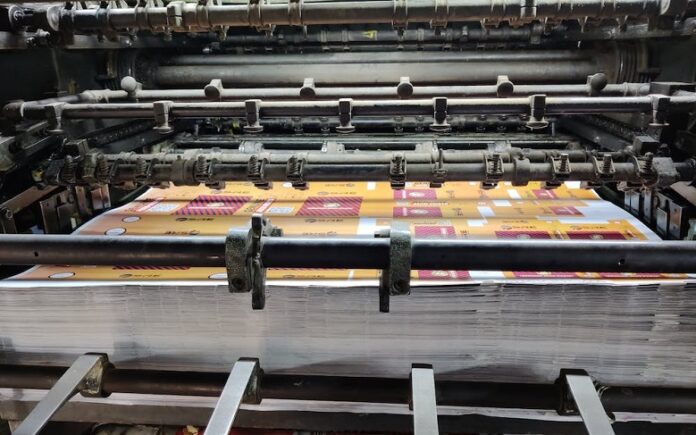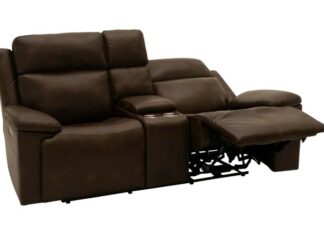Flexographic printing as you know it has gained significant popularity in packaging applications due to its versatility, cost-effectiveness, as well as due to ability to deliver high-quality prints on various substrates. Today, we will explore the benefits of using flexographic printing for packaging, discuss key considerations, and even highlight why flexographic printers are the go-to option for many packaging applications.
Benefits of Flexographic Printing for Packaging
Table of Contents
Flexographic printing offers several advantages that make it ideal for packaging applications.
- Versatility: Flexographic printer can accommodate a wide range of substrates, including paper, corrugated cardboard, plastics, films, and flexible packaging materials. This versatility makes printing suitable for various packaging needs.
- High-Speed Production: Flexographic printers are designed for high-speed production, enabling efficient and cost-effective printing for large-volume packaging runs. This makes flexographic printing an excellent choice for meeting tight deadlines and demanding production schedules.
- Cost-Effectiveness: Well, you can experience for its cost-effectiveness, particularly for high-volume packaging production. The process requires fewer plate changes, resulting in reduced setup time and lower production costs compared to other printing methods.
- Print Quality and Color Vibrancy: Flexographic printing delivers high-quality prints with vibrant colors and sharp details. Recent advancements, such as HD Flexo and stochastic screening techniques, have further enhanced print quality, allowing for accurate color reproduction and intricate designs in packaging.
Considerations for Flexographic Printing in Packaging Applications
While flexographic printing offers numerous benefits for packaging applications, there are some considerations to keep in mind.
- Substrate Selection: It is crucial to consider the characteristics of your packaging substrate and ensure compatibility with this printing. Factors such as surface smoothness, absorbency, and flexibility can impact print quality and ink adhesion. Conduct thorough testing to determine the optimal printing conditions for your specific substrate.
- Design and Artwork Preparation: Effective design and artwork preparation are vital for successful printing in packaging. Address issues such as font sizes, fine details, and color separations in the prepress stage to avoid potential challenges during printing. Collaborating closely with designers and prepress experts can help optimize artwork for printing.
- Registration and Print Consistency: Maintaining accurate registration, especially in multi-color packaging printing, is crucial for achieving seamless print results. Proper plate mounting, precise tension control, and careful adjustments throughout the printing process are essential for consistent print registration and avoiding misalignment issues.
- Color Management: Implementing effective color management practices is imperative for consistent color reproduction in packaging. Utilize color management tools, such as spectrophotometers, to measure and control color accuracy throughout the printing process. Regular calibration and proper ink formulation are essential for achieving vibrant and accurate colors across different packaging runs.
Sustainability Considerations
Sustainability is a growing concern in the packaging industry, and flexographic printing offers some sustainability advantages.
- Reduced Waste: Flexographic printing generates less waste due to efficient ink utilization and optimized substrate usage. Dot gain control techniques and advanced color management systems minimize ink usage, resulting in less ink waste. Moreover, this kind of printing enables precise registration, reducing material waste from misprints or trimmings.
- Environmentally Friendly Inks: You can utilize eco-friendly, low-VOC inks that have a reduced impact on air quality and the environment. These inks can comply with environmental regulations without compromising print quality or vibrant colors.
You Might Like: Top 5 Digital Printers
Conclusion
Flexographic printing is a highly versatile and cost-effective solution for packaging applications. With its ability to achieve high-speed production, deliver vibrant colours, and accommodate various substrates, and also it is well-suited for the dynamic packaging industry. Considerations such as substrate selection, design preparation, print consistency, and color management are crucial for successful printing in packaging. By embracing the benefits of flexographic printing and carefully addressing the relevant considerations, businesses can achieve exceptional print quality, cost-effectiveness, and sustainability in their packaging applications.











